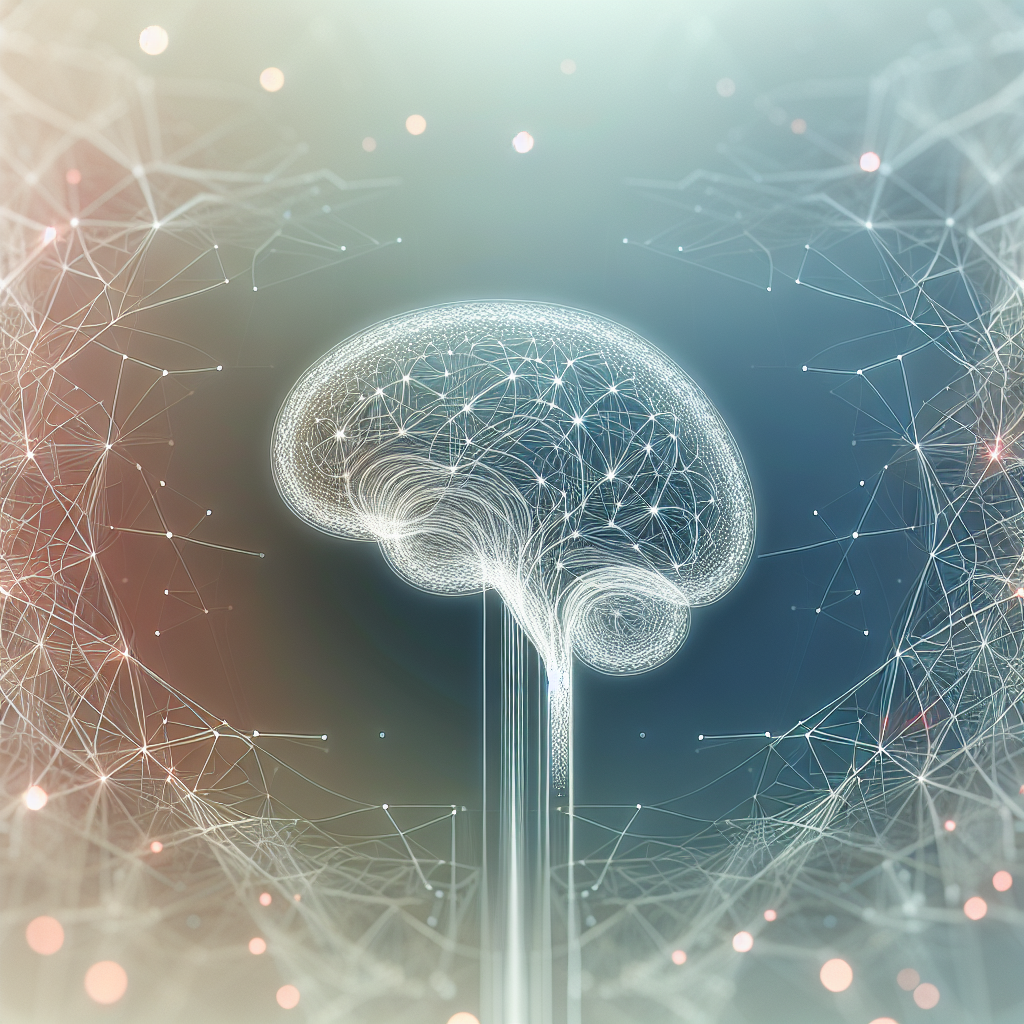The Increasing Importance of Assets in the Age of AI

In the face of external doubts and questions, I firmly believe that focusing on what we excel at and innovating based on that foundation is a commendable approach. In the current context, reassessing and optimizing our strengths is undoubtedly a positive exploration.
DROP.space, as a new product, fundamentally differs from the file transfer-focused Cow Transfer. Cow Transfer was founded in 2018, when AI had not yet become mainstream. Now, the integration of AI technology has become crucial for product innovation. When conceptualizing DROP.space, I deeply considered what we excel at, what the market demands, who the potential users are, and who would pay for the product. Although these questions were posed back in 2018, as time has passed, the roles and habits of users have evolved, especially in the advertising and creative industries, which are facing significant challenges brought by AI.
Through in-depth observation and reflection, I found that industry professionals, although anxious and apprehensive about AI, are actively embracing and utilizing its various capabilities. From the proficient application of MJ to daily summaries of AI capabilities, and even direct involvement in operating, deploying, and learning AI, its integration has become the new norm in the industry.
However, fundamentally, their needs, expectations, and fears all stem from the assets they deliver. In this industry, everyone works around assets. Whether it's AE roles acquiring and conveying briefs or other roles participating in projects, everything revolves around assets. Without the continuous flow of assets within projects, this industry would cease to exist.
With nearly 10 years of experience in the advertising and creative industry, I have a deep understanding of the asset flow in various projects, the definition and positioning of each role, the functions of each node in the process, and how project funds are consumed within this flow.
The current industry anxiety primarily stems from the possibility that AI could replace work at different process nodes. For example, if clients can use AI to generate creative ideas themselves, is there still a need for participants in the "creative" node? Or in film projects, if storyboards and illustrations can be done by AI, will the demand for personnel at these nodes significantly decrease? These questions point to a possible future where AI's capabilities play a role at every node of asset flow.
Therefore, I believe now is the perfect time to enter the market and build a platform focused on assets. By deeply understanding the workflows of specific industries and integrating AI capabilities suitable for these workflows, I am confident this is a promising product direction. Despite differing opinions, I believe valuable assets will always be the raw material for AI. I believe in the trend of enterprises moving to the cloud and that digital assets will experience explosive growth. These beliefs drive my push for DROP.space.
So, what exactly is DROP.space? It stands for "World of Creators." I aim to start from a platform for asset delivery and AI-enabled workflows and delve into the creator economy. Why choose the creator economy? Because I am passionate about it. This is my sharing.